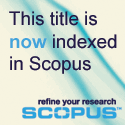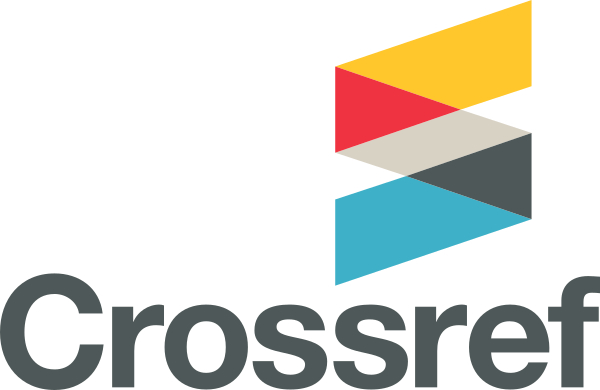JSER Policies
JSER Online
JSER Data
Frequency: quarterly
ISSN: 1409-6099 (Print)
ISSN: 1857-663X (Online)
Authors Info
- Read: 123152
Journal Metrics / Impact Factor
Alternative Impact Factor
· The first metric is an alternative impact factor which is based on Google Scholar's citation count.
· The journal impact factor (JIF) normally referred to is the proprietary journal impact factor from Thomson Reuters calculated based on the Web of Science (WOS) and published in the Journal Citation Reports®(JCR). We call this the JCR®JIF. DOAJ writes: "There is only one official, universally recognised impact factor that is generated by Thomson Reuters; it is a proprietary measure run by a profit making organisation. It runs against the ethics and principles of open access." This journal has no JCR®JIF, but an alternative Google-based impact factor.
· Today 57 % of readers find their way to SCIRP's articles via Google Scholar. No open or proprietary database is directing so many readers to SCIRP's articles. Google Scholar is the only openly available database suitable for journal metric calculation. It has a wide coverage and is a meaningful source. For this reason, SCIRP is calculating its own Impact Factor based on Google Scholar's citation counts. Scientists are used to Thomson Reuters' way of calculating an impact factor. For this reason, SCIRP applies Thomson Reuters'(TR) algorithm as published on http://wokinfo.com/essays/impact-factor in Figure 1. This algorithm is not protected and can be used by anyone. In short: SCIRP calculates a 2-year Google-based Journal Impact Factor (2-GJIF).
With respect to all articles from this journal for the respective year:
A = total cites in 2015 = 72
B = 2015 cites to articles published in 2013 - 2014 = 19 (this is a subset of A)
C = number of articles published in 2013 - 2014 = 28
2-GJIF for 2015 = D = B/C = 19/28 = 0.68 (TR algorithm, Google citations, data March 2016)
Share Us
Journal metrics
-
 SNIP 0.059
SNIP 0.059 -
 IPP 0.07
IPP 0.07 -
 SJR 0.13
SJR 0.13 -
 h5-index 7
h5-index 7 -
 Google-based impact factor: 0.68
Google-based impact factor: 0.68
10 Most Read Articles
- PARENTAL ACCEPTANCE / REJECTION AND EMOTIONAL INTELLIGENCE AMONG ADOLESCENTS WITH AND WITHOUT DELINQUENT BEHAVIOR
- RELATIONSHIP BETWEEN LIFE BUILDING SKILLS AND SOCIAL ADJUSTMENT OF STUDENTS WITH HEARING IMPAIRMENT: IMPLICATIONS FOR COUNSELING
- EXPERIENCES FROM THE EDUCATIONAL SYSTEM – NARRATIVES OF PARENTS WITH CHILDREN WITH DISABILITIES IN CROATIA
- INOVATIONS IN THERAPY OF AUTISM
- AUTISM AND TUBEROUS SCLEROSIS
- THE DURATION AND PHASES OF QUALITATIVE RESEARCH
- REHABILITATION OF PERSONS WITH CEREBRAL PALSY
- DISORDERED ATTENTION AS NEUROPSYCHOLOGICAL COGNITIVE DISFUNCTION
- HYPERACTIVE CHILD`S DISTURBED ATTENTION AS THE MOST COMMON CAUSE FOR LIGHT FORMS OF MENTAL DEFICIENCY
- DIAGNOSTIC AND TREATMENT OPTIONS IN AUTISTIC SPECTRUM DISORDERS – AN OVERVIEW
















